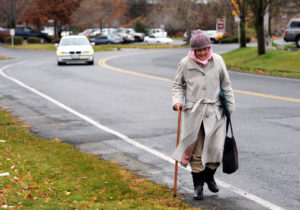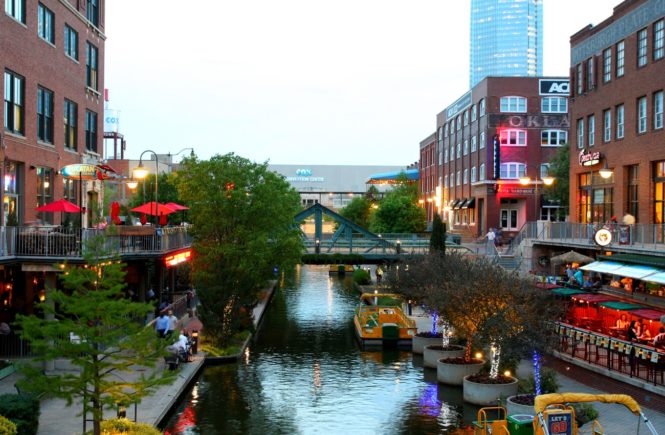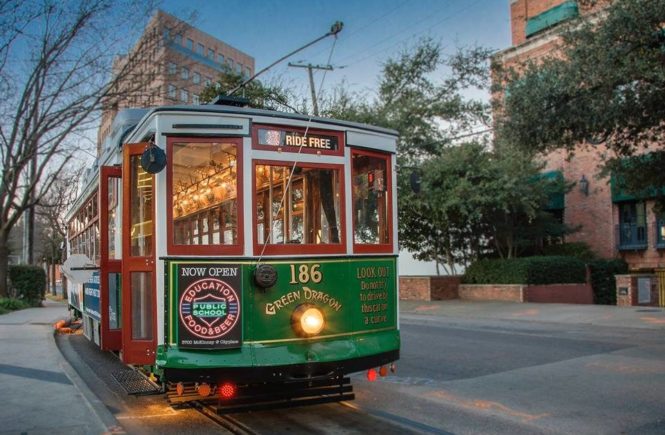 I’m a big fan of the Polis blog. I haven’t found any other collaborative blog that touches on so many interesting global planning and development issues. An article in their archive compared universal social policies with targeted programs. Should education, health care, and other human development programs go to select groups based on certain criteria, or should all members of the population be eligible? The author favored the latter approach. A related UNICEF study which assessed health care and education advances in developing came to a similar conclusion; consistent, dedicated spending on health care and education across demographic groups created enormous dividends for developing countries. Simply increasing GDP or per capita income was not enough to improve education and health outcomes, though. “Trickle down” human development isn’t enough. Concerted efforts need to be made through efficient programs that work, and these programs don’t necessarily have to be big or expensive.
I’m a big fan of the Polis blog. I haven’t found any other collaborative blog that touches on so many interesting global planning and development issues. An article in their archive compared universal social policies with targeted programs. Should education, health care, and other human development programs go to select groups based on certain criteria, or should all members of the population be eligible? The author favored the latter approach. A related UNICEF study which assessed health care and education advances in developing came to a similar conclusion; consistent, dedicated spending on health care and education across demographic groups created enormous dividends for developing countries. Simply increasing GDP or per capita income was not enough to improve education and health outcomes, though. “Trickle down” human development isn’t enough. Concerted efforts need to be made through efficient programs that work, and these programs don’t necessarily have to be big or expensive.
The UNICEF study makes another interesting but less noticeable point. Sometimes quantity turns into quality. Give enough children access to free primary school, and literacy rates go up and other good things happen in less than a generation. Give enough people access to primary health care, and preventable diseases decline and quality of life goes up for entire populations. Short term increases in the quantity of effective programs and infrastructure can have enormous qualitative benefits down the road. I consider this the reverse of Gresham’s Law: Flood a system with enough “good money”, and it diminishes the influence of bad money.
You may be wondering what this has to do with Dallas livability. During my three years in the city, I’ve read a lot of articles and heard many soliloquies about what people think the city needs. These ideas usually involve big, expensive projects which I believe would have a marginal positive impact on the city. Dallas is known for big things, and that’s not a bad thing, but there is value in small things, too. Maybe we don’t need something new and shiny. Maybe we just need to build off our existing assets in smaller, more efficient ways.
During a recent cycling tour of Dallas I was reminded of its incredible array of architectural gems and interesting urban neighborhoods. These neighborhoods don’t fit preconceived notions of DFW’s auto-centric suburbia, but many of them can give urban neighborhoods in big east coast cities a run for their money. Many inner ring neighborhoods have already been supported by private investment, but need human-scaled infrastructure to catch up. Smaller, community supported projects like pocket parks, filling in sidewalk gaps, pedestrian lighting, and even street resurfacing can turn small infrastructure gains into massive improvements in neighborhood quality.
Increasing the number of bicyclists in a city can have far reaching qualitative benefits for a city as well. By increasing the mode share of bicyclists and building more bike infrastructure, we increase retail sales in neighborhoods, reduce traffic speeds, reduce auto emissions, and generally make Dallas a more livable place. Research from the Journal of Injury Prevention also shows that simply increasing the number of people walking and biking can have substantial safety benefits:
A motorist is less likely to collide with a person walking and bicycling when there are more people walking or bicycling. Modeling this relationship as a power curve yields the result that at the population level, the number of motorists colliding with people walking or bicycling will increase at roughly 0.4 power of the number of people walking or bicycling. For example, a community doubling its walking can expect a 32% increase in injuries. Taking into account the amount of walking and bicycling, the probability that a motorist will strike an individual person walking or bicycling declines with the roughly ?0.6 power of the number of persons walking or bicycling. An individual’s risk while walking in a community with twice as much walking will reduce to 66%. Accordingly, policies that increase the numbers of people walking and bicycling appear to be an effective route to improving the safety of people walking and bicycling.
While we already have a burgeoning bike network, we need more of it to make a dent in ridership and create a critical mass of users which can lead to these benefits. The key is creating programs and infrastructure which have low barriers to entry. Want more people to ride bikes? Build bike infrastructure which is comfortable and safe for novice riders. Want more pedestrians on the street? Wider, tree lined sidewalks can help lure drivers out of their cars even in the hot Texas sun. Want more transit riders? Create frequent, intuitive bus routes that go where people want to go. Smaller, low-cost improvements can make big things happen.
Sometimes there’s a single silver bullet that will change everything, but usually it’s small, incremental acts multiplied a thousand times that turn the tide.





3 Comments
Absolutely true. Dallas neighborhoods need basic things like crosswalks and bike lanes. Little things make a difference.
Yes, more bike lanes please!